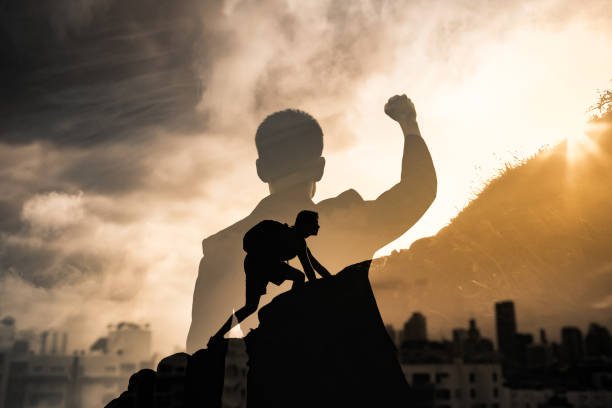Why Modern Men Need to Get Cold
Let’s face it—modern life has made men soft. Comfortable temperatures, plush couches, heated car seats. We live wrapped in warmth and comfort, and while that might feel nice, it’s robbing us of a primal edge.
Real strength—mental, physical, and emotional—is forged in discomfort. Ancient warriors knew this. Stoic philosophers preached it. And today’s elite performers practice it through one brutal ritual: cold therapy mastery.
This is not just a health hack. It’s a discipline. A masculine art of conquering the cold to unlock hidden reserves of strength most men never access.
Ask yourself: Are you man enough to face the freeze?
If your answer is yes, let’s dive into the seven hardcore tactics that will transform you into a cryo-disciplined warrior.
Table of Contents
1. The Psychology of Cold: Rewiring Your Mind for Resilience
Cold is a teacher. It’s a mirror that reflects your mental state the second discomfort strikes.
When you enter the cold—whether it’s an ice bath, a snow sprint, or a cold shower—your body screams for warmth. Your mind begs to retreat. But in that brutal chill lies your first victory: psychological resilience.
The Stoics had a word for this—“premeditatio malorum”—the premeditation of suffering. They exposed themselves to discomfort to prepare for life’s inevitable hardships.
When you master the cold, you’re not just toughening your body. You’re conditioning your mind to remain calm under pressure, to withstand stress without panic.
Benefits of Cold Exposure for the Mind:
- Enhanced stress tolerance
- Lowered anxiety response
- Greater emotional regulation
- Sharpened mental clarity
Each time you submit to the freeze, you rewire your brain to operate under duress. That’s a masculine advantage no supplement can offer.
2. Building Your Ice Bath: DIY Cold Therapy on a Budget
Forget fancy cryo-chambers. A true man builds his own ice fortress.
Setting up an ice bath at home doesn’t need to break the bank. Here’s a step-by-step guide to constructing your personal cold therapy station:
Materials Needed:
- A durable galvanized steel tub or 100-gallon stock tank
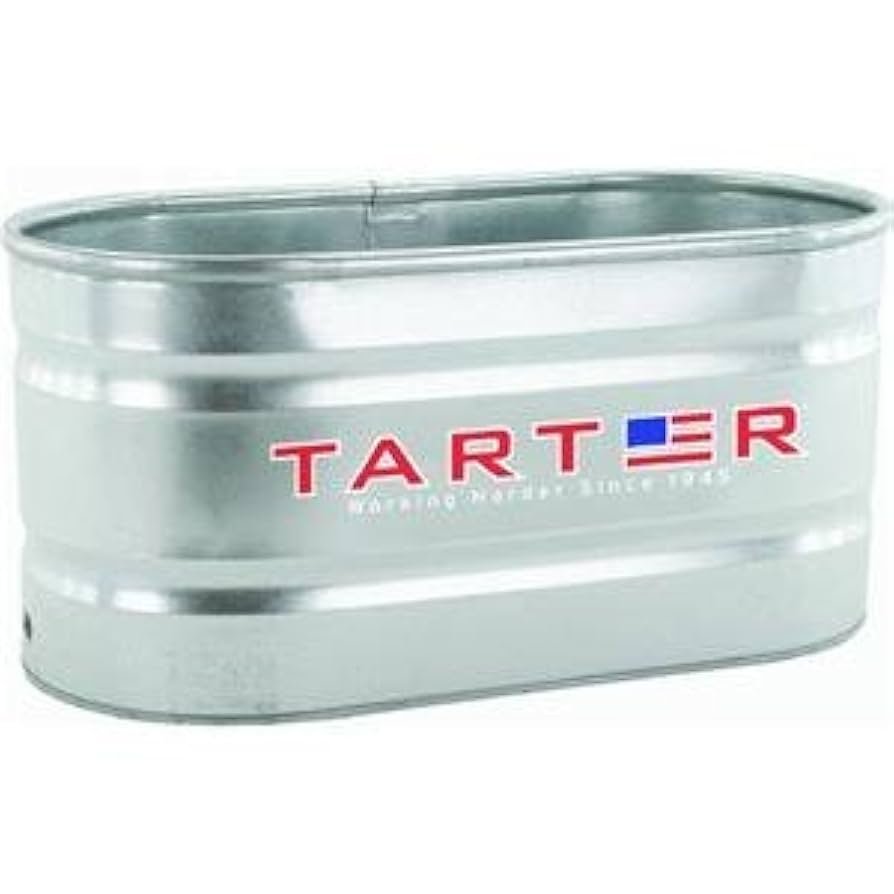
- 5-6 bags of ice (20 lbs each)
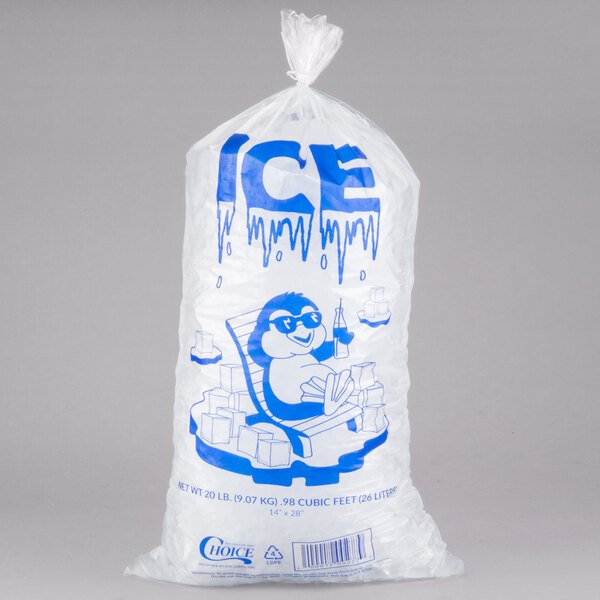
- Thermometer
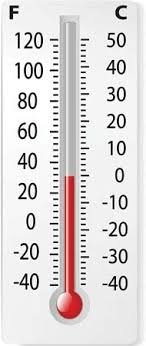
- Hose for water
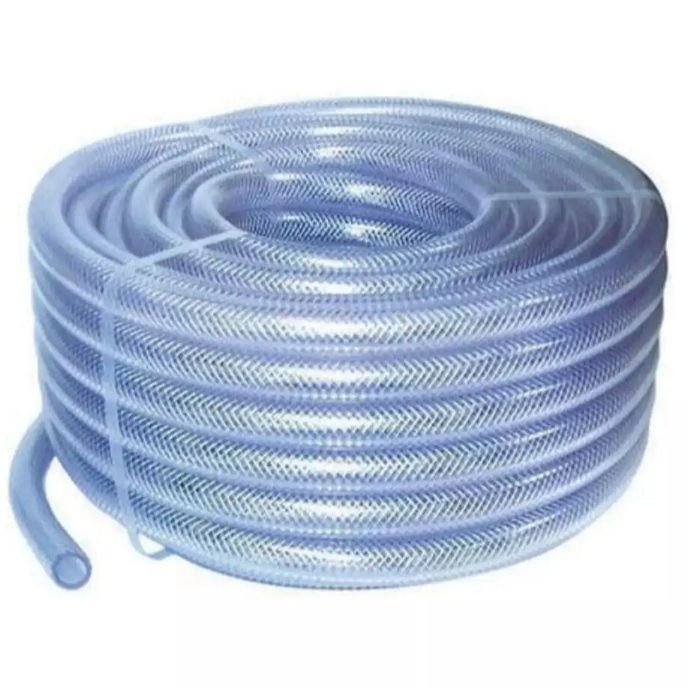
- Optional: Epsom salts for muscle recovery
Steps:
- Fill the tank halfway with cold water.
- Add ice until water reaches 35-50°F (1-10°C).
- Stir to ensure even temperature distribution.
- Use a thermometer to confirm the temp before entering.
- Enter slowly, breathing deeply to control shock.
Safety Tips:
- Start with 1-2 minutes per session.
- Always breathe steadily; never hyperventilate.
- Never do cold plunges alone or under the influence.
With consistency, you’ll build tolerance and can extend sessions up to 5-10 minutes.
Remember: the cold doesn’t care how much money you have. Only discipline.
3. Snow Sprints: Ancient Warrior Conditioning for Explosive Power
Long before gyms, warriors trained outdoors—in the elements. Snow sprints emulate this primal conditioning, forcing the body to adapt to both cold and exertion.
Why Snow Sprints?
- Activates fast-twitch muscle fibers
- Enhances cardiovascular endurance
- Builds mental toughness under freezing conditions
How to Perform Snow Sprints:
- Find a safe, open snow-covered area.
- Warm up with joint mobility exercises.
- Sprint at 70-80% max effort for 20-30 meters.
- Walk back for recovery.
- Repeat for 6-10 rounds.
What You’ll Need:
- Barefoot for advanced practitioners (with caution)
- Minimal gear: shorts, no shirt to expose skin to cold
- Breath control techniques between sprints
The pain is real, but so are the gains. Snow sprints mimic ancient Viking and Spartan conditioning methods—because nothing builds grit like moving fast in the freezing cold.
4. Cold-Resistance Breathwork: Harnessing Wim Hof & Stoic Breathing
You can’t master cold without mastering your breath. Cold-resistance breathwork is the secret weapon that separates amateurs from seasoned cold warriors.
The Wim Hof Method popularized this approach, but the principle is ancient: breathe to gain control over the autonomic nervous system.
Basic Breathwork Protocol for Cold Exposure:
- Deep Breathing Cycle: 30-40 deep inhales through the nose, relaxed exhales through the mouth.
- Retention: After the last exhale, hold your breath as long as comfortable.
- Recovery Breath: Inhale deeply, hold for 15 seconds, then exhale.
- Repeat for 3-4 rounds.
This primes the body for cold, increasing oxygen efficiency and calming the stress response.
Additional Stoic Breathing:
- Slow nasal breathing during cold exposure keeps panic at bay.
- Box breathing (4-second inhale, 4-hold, 4-exhale, 4-hold) reinforces mental calm.
Control your breath, and the cold loses its grip on your mind.
5. Cryo Discipline Protocol: A 7-Day Cold Exposure Blueprint
Consistency builds mastery. Here’s a 7-day cold therapy mastery routine to forge discipline and resilience:
Day 1-2:
- 2-minute cold shower in the morning
- 1 round of breathwork
Day 3:
- 3-minute ice bath
- 3 rounds of breathwork
Day 4:
- Snow sprints: 5 rounds
- Box breathing during recovery
Day 5:
- 5-minute cold shower post-workout
- Cold exposure mindfulness: focus on physical sensations without judgment.
Day 6:
- Ice bath: 5-7 minutes
- Full Wim Hof session (breathwork + cold exposure)
Day 7:
- Snow sprints: 8 rounds
- 10-minute ice bath if experienced
Repeat weekly, progressively extending exposure and intensity.
Track your physical and mental improvements—sleep, focus, energy levels, and emotional stability.
6. The Masculine Edge: Gains from Cold Therapy Mastery
Cold therapy doesn’t just harden the mind—it upgrades the body.
Physical Benefits:
- Boosted testosterone production
- Accelerated muscle recovery
- Enhanced metabolism and fat burning
- Reduced inflammation and joint pain
Mental & Emotional Gains:
- Increased stress resilience
- Sharper focus and cognitive function
- Emotional stability and reduced mood swings
Hormetic Stress: The cold is a hormetic stressor—short, intense discomfort that triggers long-term adaptation. This is the same principle behind lifting heavy weights or fasting.
By embracing the cold, you’re triggering ancient biological pathways designed to make men stronger, harder, more resilient.
7. The Code of Cold: Rules Every Man Must Follow
Cold therapy mastery isn’t for thrill-seekers—it’s for disciplined men. Here’s the Cryo Discipline Code:
- Discipline Over Comfort: Don’t seek warmth when the cold calls.
- Consistency Over Intensity: A little daily cold beats a one-off hero session.
- Breath is Your Shield: Always breathe deeply; never panic.
- Honor the Cold: Respect its power. Never stay in too long.
- Track Progress: Keep a log of exposure, breathwork, and mental gains.
- Never Go Alone: Especially with extreme cold, have a safety protocol.
By living by this code, the cold becomes an ally, not an enemy.
FAQ: Cold Therapy, Cryo Discipline & Masculine Resilience
1. How often should I practice cold therapy for maximum results?
Ideally 3-5 times per week, combining ice baths, cold showers, and breathwork for consistent adaptation.
2. Can cold therapy help increase testosterone levels?
Yes, regular cold exposure may stimulate testosterone production and improve hormonal balance, though results vary individually.
3. How cold should an ice bath be for effective therapy?
Between 35°F to 50°F (1°C to 10°C) is optimal for triggering benefits without excessive risk.
4. How long should I stay in an ice bath?
Beginners should start with 1-2 minutes, progressing to 5-10 minutes as adaptation builds.
5. What are the mental benefits of cold exposure?
Cold therapy enhances stress tolerance, sharpens focus, improves mood, and strengthens emotional control.
6. Can I do cold therapy if I have a medical condition?
You should consult a healthcare professional first, especially if you have cardiovascular issues or circulation disorders.
7. What’s better for beginners: cold showers or ice baths?
Cold showers are more accessible and a great way to build tolerance before advancing to ice baths.
8. Are there any risks to cold therapy?
Risks include hypothermia, cold shock, and fainting if not practiced safely. Always start slow and avoid doing it alone.
9. What’s the science behind breathwork during cold exposure?
Breathwork regulates the nervous system, reduces the shock response, and enhances oxygen efficiency, making cold more manageable.
10. How does cold therapy aid in muscle recovery?
It reduces inflammation, alleviates soreness, and accelerates tissue repair post-training.
11. Can cold therapy help with fat loss?
Yes, exposure to cold can activate brown fat, increasing metabolism and promoting fat burning.
12. What’s the difference between cold showers and ice baths in benefits?
Ice baths offer deeper, faster physiological impact; cold showers are more convenient but less intense.
13. What is cryo discipline?
Cryo discipline is the practice of regular cold exposure combined with breath control and mindset training for resilience and strength.
14. Can cold exposure improve sleep?
Many report better sleep quality after cold therapy due to lowered inflammation and hormonal regulation.
15. What is the best time of day for cold therapy?
Morning exposure can boost alertness and energy; post-workout sessions aid recovery. Avoid late nights as it may disrupt sleep.
16. How do I prepare mentally for cold therapy?
Practice controlled breathing, set a clear intention, and visualize calmness before entering the cold.
17. Does cold therapy improve immune function?
Some studies suggest it boosts immune resilience, reducing the frequency of common illnesses.
18. Is there a specific diet that complements cold therapy?
A protein-rich, anti-inflammatory diet supports recovery and adaptation to cold stress.
19. Can women practice cold therapy too?
Absolutely. While the article frames it for men, women can gain equal benefits from cold exposure.
20. What is the #ColdTherapyMastery challenge?
It’s a self-imposed 30-day commitment to regular cold exposure, breathwork, and mindset training aimed at forging discipline and resilience.
Master the Cold, Master Yourself
Most men will never know the power that lives beneath their skin because they’ve never truly been cold. They’ve never embraced the freeze, never silenced the voice that says “this is too much.”
But you’re not most men.
Cold therapy mastery is your pathway to discovering strength you never thought you had—mental, physical, emotional. It’s the purest form of discipline. The cold doesn’t lie. It reveals.
So here’s your challenge:
Take the Cryo Discipline Pledge. Commit to 30 days of cold exposure. Build your ice bath. Run your snow sprints. Breathe with power.
Then come back stronger, harder, sharper.
Master the cold—and you will master yourself.
Forge Your Discipline: Begin the Cold Quest
Start your cold therapy journey today. Share your progress, your ice bath setups, your snow sprint battles. Use the hashtag: #ColdTherapyMastery and join the brotherhood of men reclaiming their edge.
Stay cold. Stay strong. Subscribe to MindGearMen.

